Inflation refers to the rising prices of goods and services, which typically happens gradually, however, the current inflation rate is far from gradual. At the time of this writing, the country is dealing with two types of inflation: demand-pull inflation and cost-push inflation, both influencing your purchasing power. Let’s discuss these types of inflation, the conditions that cause them, and how investors like you can hedge against them.
Demand-pull inflation is the most common cause of inflation. It occurs when the aggregate demand for a good or service exceeds the aggregate supply. Sellers can meet that increase with more supply, but if the additional supply is unavailable, then the sellers can raise their prices. If something is in short supply, sellers will generally ask people to pay more for it.
There are a few reasons why demand-pull inflation occurs, this includes:
Growing economy: When the economy is booming and unemployment is low, consumers typically earn and subsequentially spend more money. This drives up aggregate demand throughout the economy, which can lead to higher prices.
Government spending: Government response to economic conditions, including providing a stimulus during the economic downturn or providing tax breaks can impact how much money people spend on goods and services. When the government spends more freely, prices typically go up.
Inflation expectations: Inflation expectation refers to the rate at which people expect prices to rise in the future. When consumers expect inflation soon, they tend to start buying more now to avoid paying higher prices later.
Cost-push inflation is a result of supply conditions, rather than demand. It occurs when the costs of delivery products or services increase, but demand is unchanged. Cost-push inflation often happens alongside demand-pull inflation. When raw materials prices increase, then businesses raise their prices to maintain profit margins, regardless of the demand.
For example, let’s say you love steak tacos from your favorite restaurant, but the price of beef keeps going up. Eventually, they will have to raise the prices of their tacos regardless of demand.
Another cause of cost-push inflation includes increased labor costs. This happens when there is a mandatory wage increase for production employees causing product prices to increase. Also, a work strike will likely lead to a decline in production. Natural disasters and government regulations can also make an impact.
Inflation is a decrease in your purchasing power and the decrease in the value of each dollar in your pocket. This means it takes more money to buy the same product, asset, or investment. A growing economy will bring with it steady inflation, but economists and consumers prefer to see prices rise slowly, unlike what is happening now. When inflation increases faster than usual, consumers tend to worry about paying higher prices for gas, groceries, rent, and other products and services.
Fortunately, there is a way to hedge against today’s current inflation, and that is investing in multifamily properties. Though any investment property can be a good hedge against inflation, investing in multifamily provides more protection due to the nature of the asset. Generally, rents reset every 12 months, and rent typically outpaces inflation. Those who live in multifamily communities are obligated to their lease, and over time the rent (and other income generated) can pay for the investment itself plus excess cash flow.
Though inflation is currently rampant and at a historically high rate, you can use real estate to hedge against inflation to protect your capital and purchasing power, along with so many other financial benefits. At CF Capital, our experienced team can help you invest in the future. So, if you are ready to explore your options to passively invest in real estate, get in touch with us.


